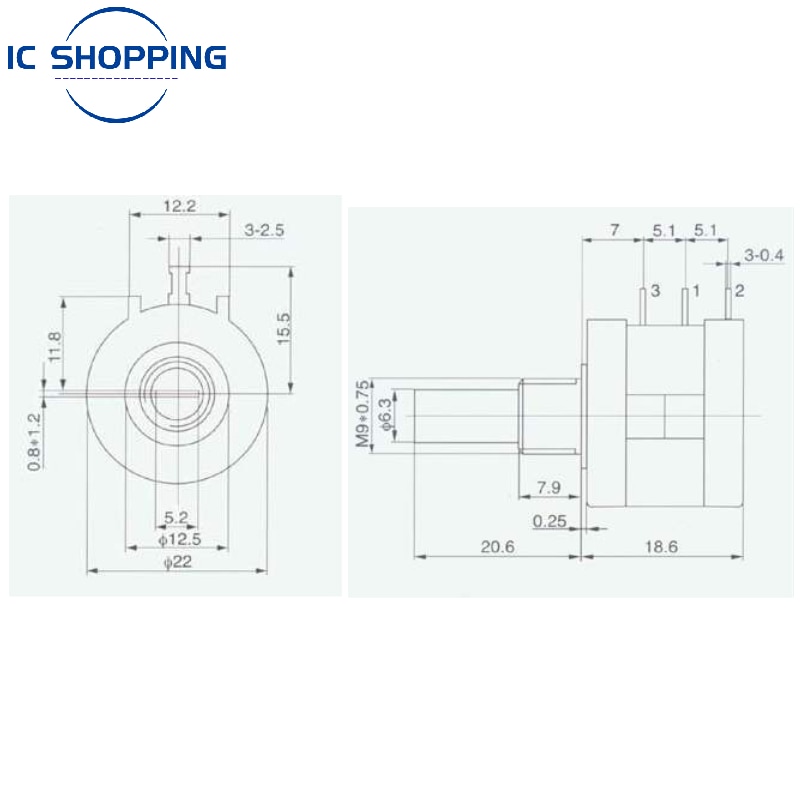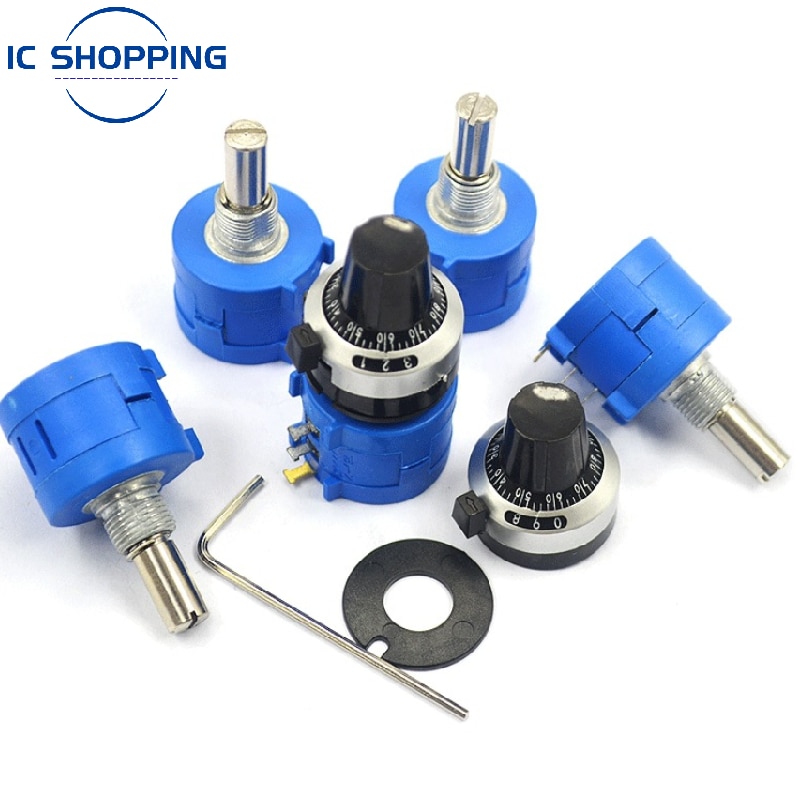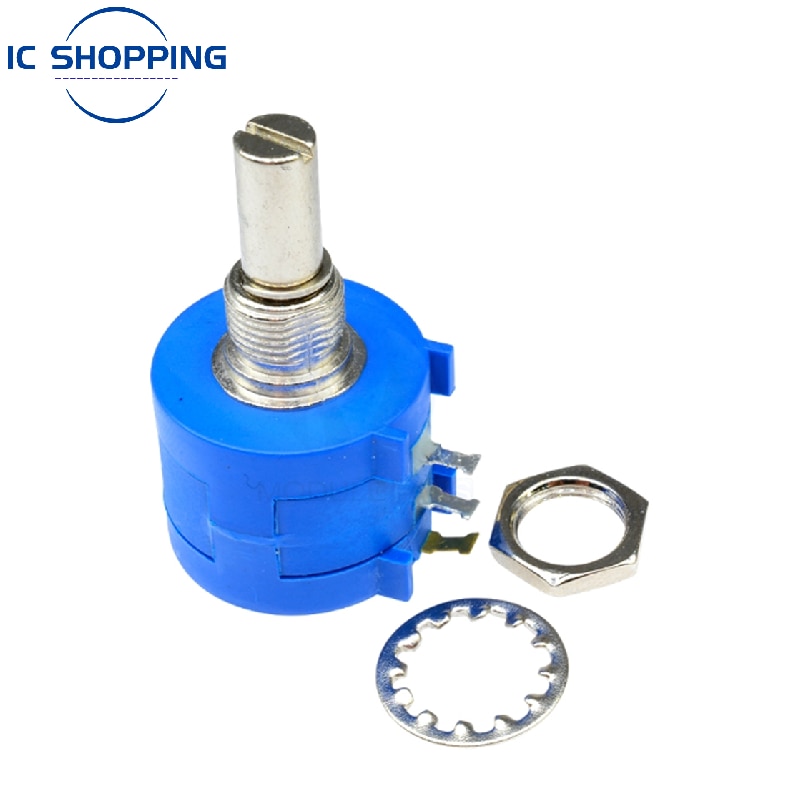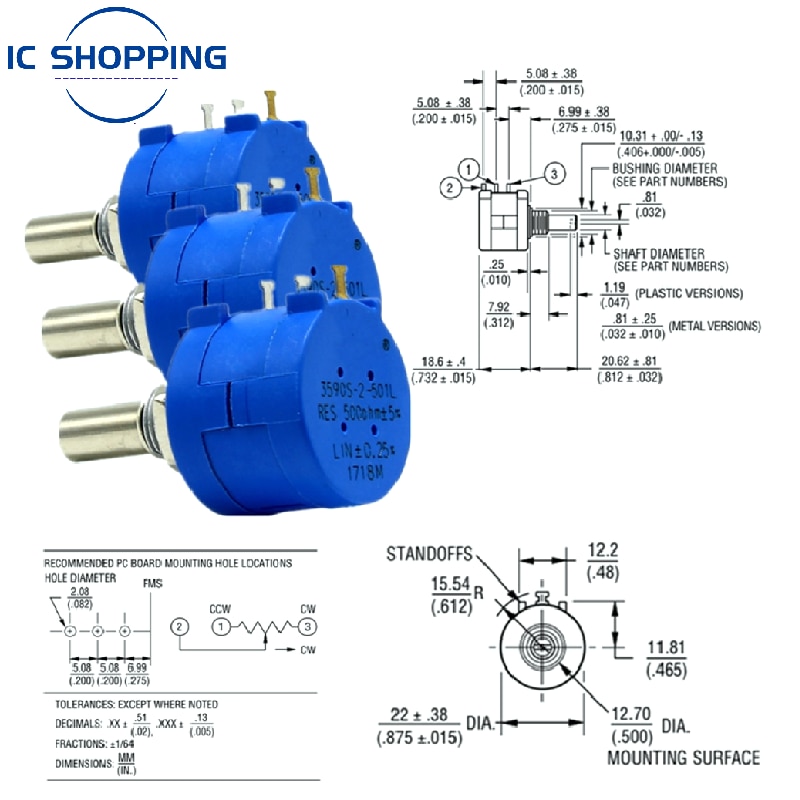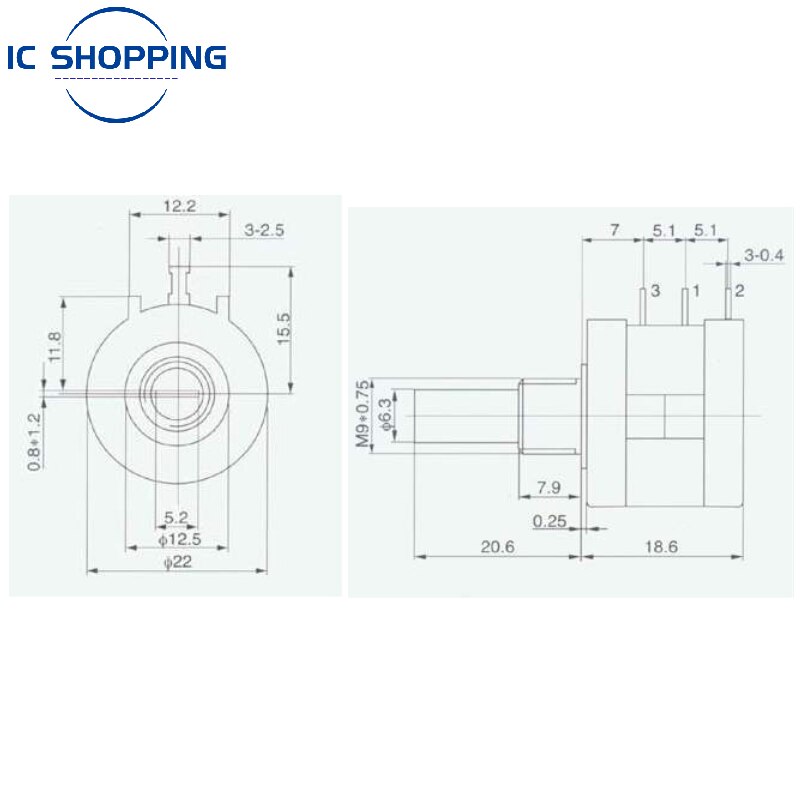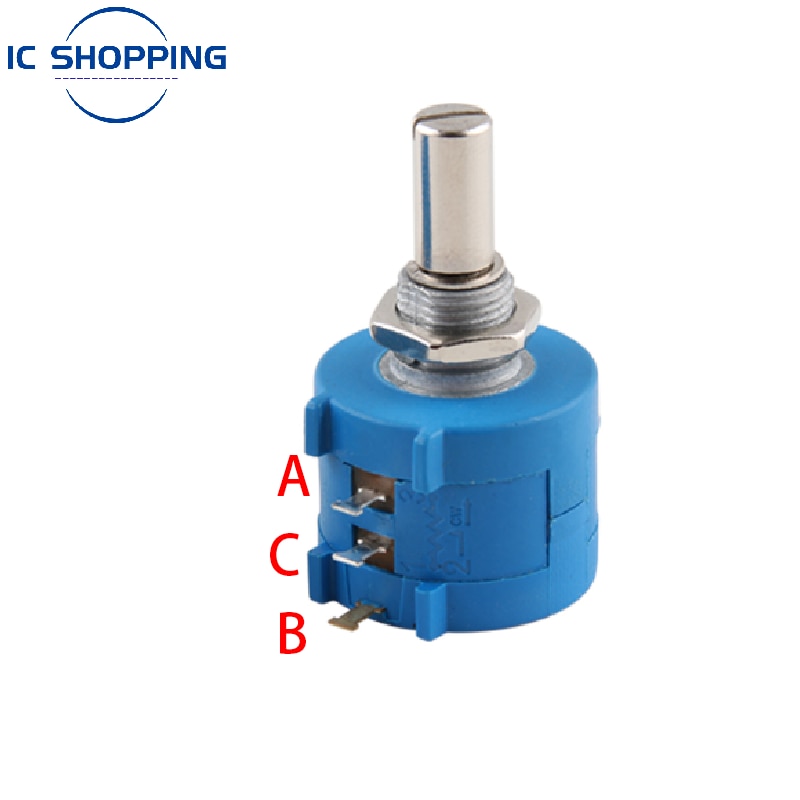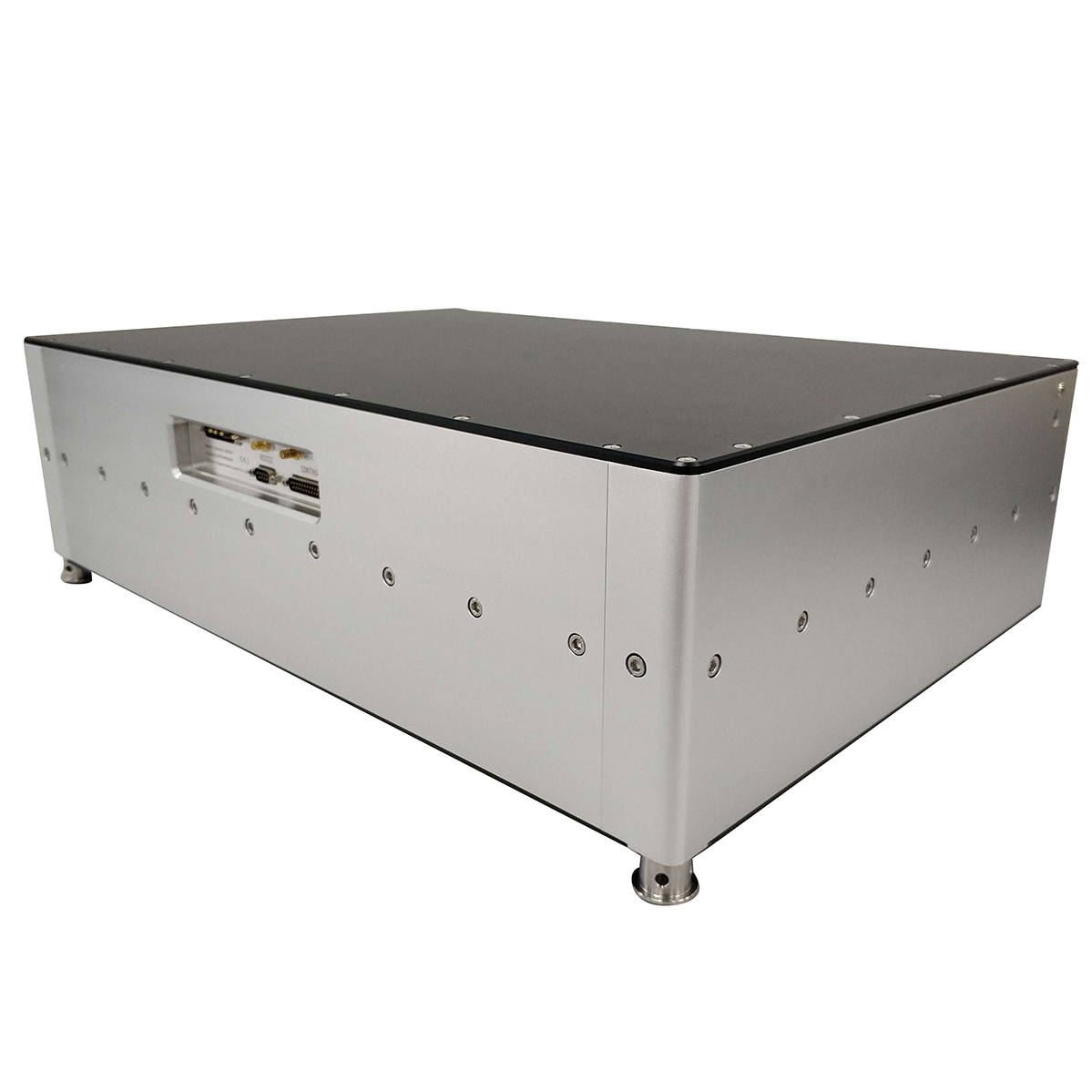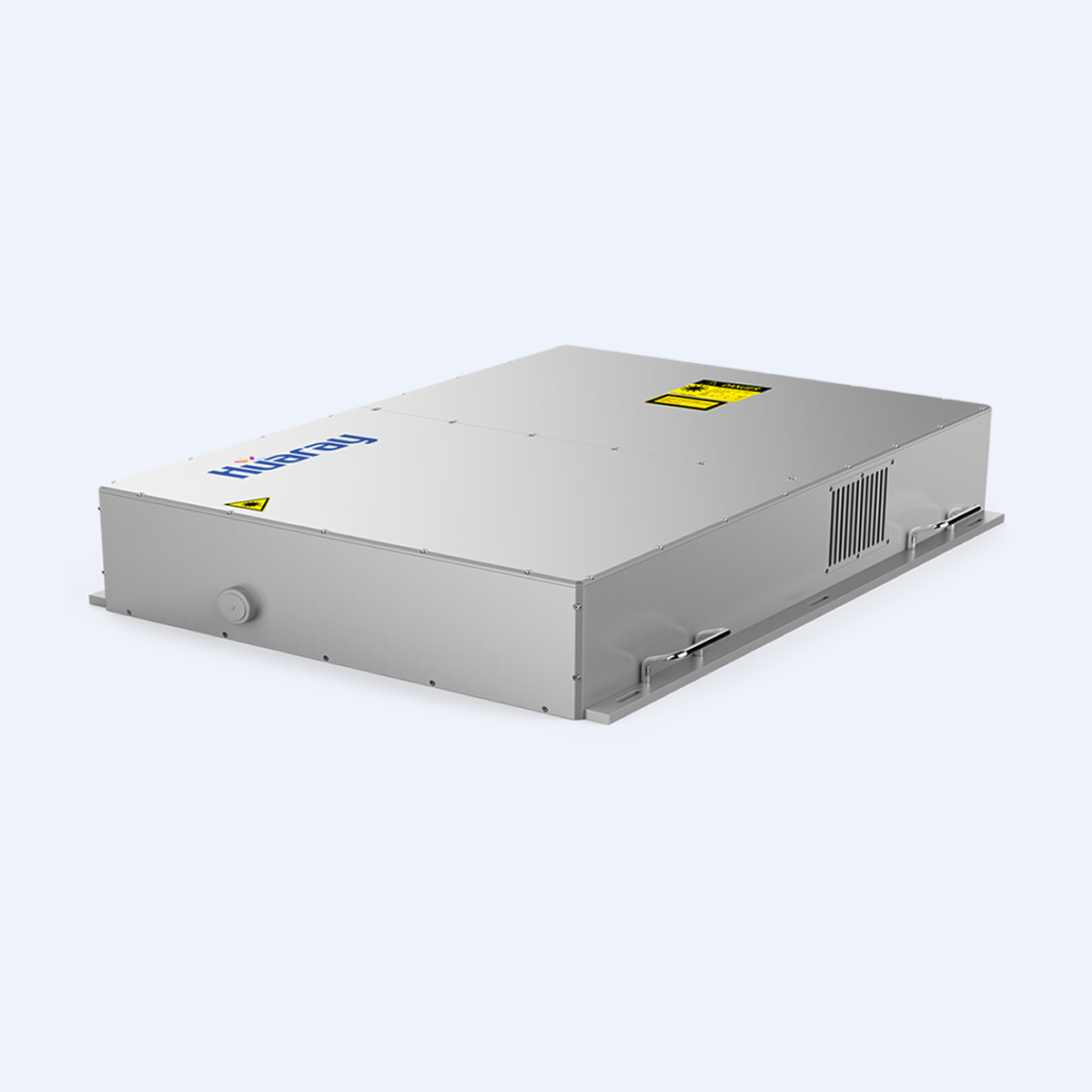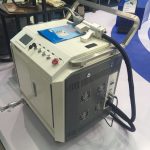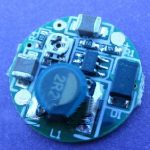Description
Please note that the potentiometer does not have a scale knob, if needed, you can buy it in the link.
Technical referencenumber(Characteristics)
★Electrical characteristics
Nominal resistance range: 100Ω-100KΩ
Allowable deviation of resistance value:±5%
Independent linearity:±0.25%
Active electrical travel:≥3600°-10°
Terminal resistance:≤0.2%Ror5Ω
Rotating noise:≤3%ROr.3Ω
Insulation resistance:R1≥1GΩ
Voltage resistance:101.3Pa 710V,8.5kPa 470V
★Environmental characteristics
Rated power(working voltage 315V):+70℃,2W
Operating temperature range: -55℃-+125℃
Resistance temperature coefficient:±100ppm/℃
Temperature variation:△R≤±2%R,△(Uab/Uac)≤±1%
Collision:390m/s2,4000Times,△R≤±1%R
Vibration:10-500HZ,0.75mmor98m/s2,6h△R≤±1%R, △(Uab/Uac)≤±2%
Climate sequence:△R≤±3%R,R1≥100MΩ
70℃Electrical durability:2W,1000h, △R≤±3%R
Mechanical durability:10000Circle, △R≤±3%R
Steady state damp heat:△R≤±3%R,R1≥100MΩ
★physical characteristics
Total mechanical stroke:3600°±10°
Starting torque:≤36mN·m
Stop torque:≥300mN·m
Standard packaging:10only/box
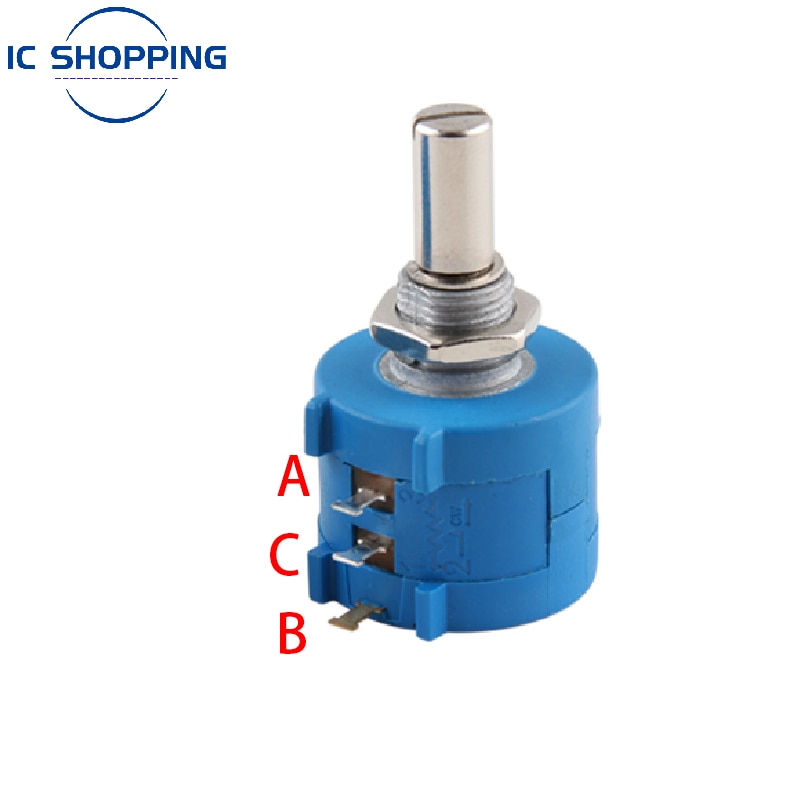
1. Terminal B is the middle tap of the potentiometer, and B is connected to the speed control port when wiring
2. A and C choose any one to connect to com
3. Use AB or BC terminals to adjust the speed, and the potentiometer rotates in the opposite direction. If the clockwise rotation speed increases when AB is connected, the counterclockwise rotation speed increases when the BC terminal is connected.
